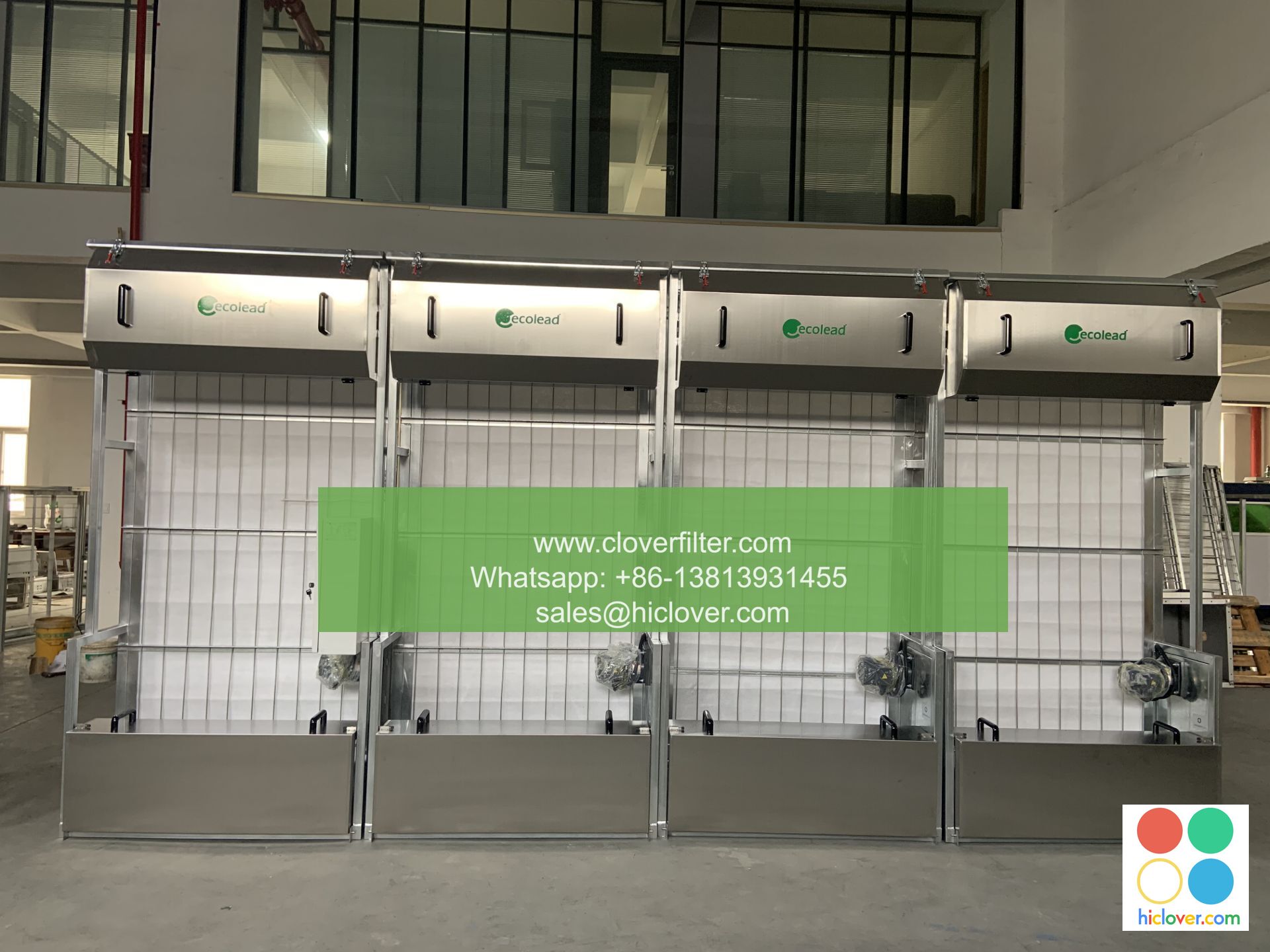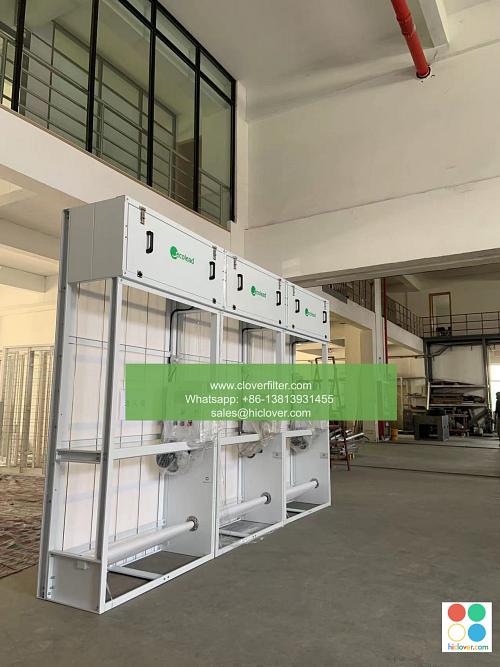Air Filter Testing and Evaluation: How to Determine Effectiveness

Air filter testing and evaluation are crucial steps in determining the effectiveness of air filters in various applications, including industrial air filtration, commercial HVAC systems, and residential air purification. The goal of air filter testing is to assess the filter’s ability to remove airborne contaminants, such as particulate matter, gases, and microorganisms, and to evaluate its overall performance and energy efficiency.
Types of Air Filter Tests
There are several types of air filter tests, including:
* ASHRAE (American Society of Heating, Refrigerating, and Air-Conditioning Engineers) tests: These tests evaluate the filter’s ability to remove particulate matter and gases.
* ISO (International Organization for Standardization) tests: These tests assess the filter’s performance in terms of airflow resistance, filter efficiency, and dust holding capacity.
* ASTM (American Society for Testing and Materials) tests: These tests evaluate the filter’s ability to remove bacteria, viruses, and other microorganisms.
Key Parameters in Air Filter Testing
When evaluating the effectiveness of an air filter, several key parameters must be considered, including:
* Filter efficiency: The ability of the filter to remove particulate matter and gases.
* Pressure drop: The decrease in airflow pressure across the filter.
* Airflow resistance: The opposition to airflow through the filter.
* Dust holding capacity: The amount of dust and debris that the filter can hold before it needs to be replaced.
* Energy efficiency: The filter’s impact on the overall energy consumption of the HVAC system.
Application Areas for Air Filter Testing
Air filter testing is essential in various application areas, including:
* Industrial air filtration: Air filters are used to remove airborne contaminants in industrial processes, such as manufacturing, pharmaceuticals, and food processing.
* Commercial HVAC systems: Air filters are used to improve indoor air quality and reduce energy consumption in commercial buildings.
* Residential air purification: Air filters are used to remove airborne contaminants and improve indoor air quality in homes.
* Cleanrooms: Air filters are used to maintain ultra-clean environments in industries such as electronics, pharmaceuticals, and biotechnology.
* Transportation: Air filters are used to improve air quality and reduce pollution in vehicles and public transportation.
Conclusion
In conclusion, air filter testing and evaluation are critical steps in determining the effectiveness of air filters in various applications. By considering key parameters such as filter efficiency, pressure drop, and energy efficiency, and by using standardized testing methods, manufacturers and users can ensure that their air filters are providing optimal performance and indoor air quality. Whether in industrial air filtration, commercial HVAC systems, or residential air purification, air filter testing and evaluation are essential for maintaining clean air and healthy environments. It seems like you forgot to include the prompt. Please go ahead and provide the prompt, and I’ll be happy to help!

